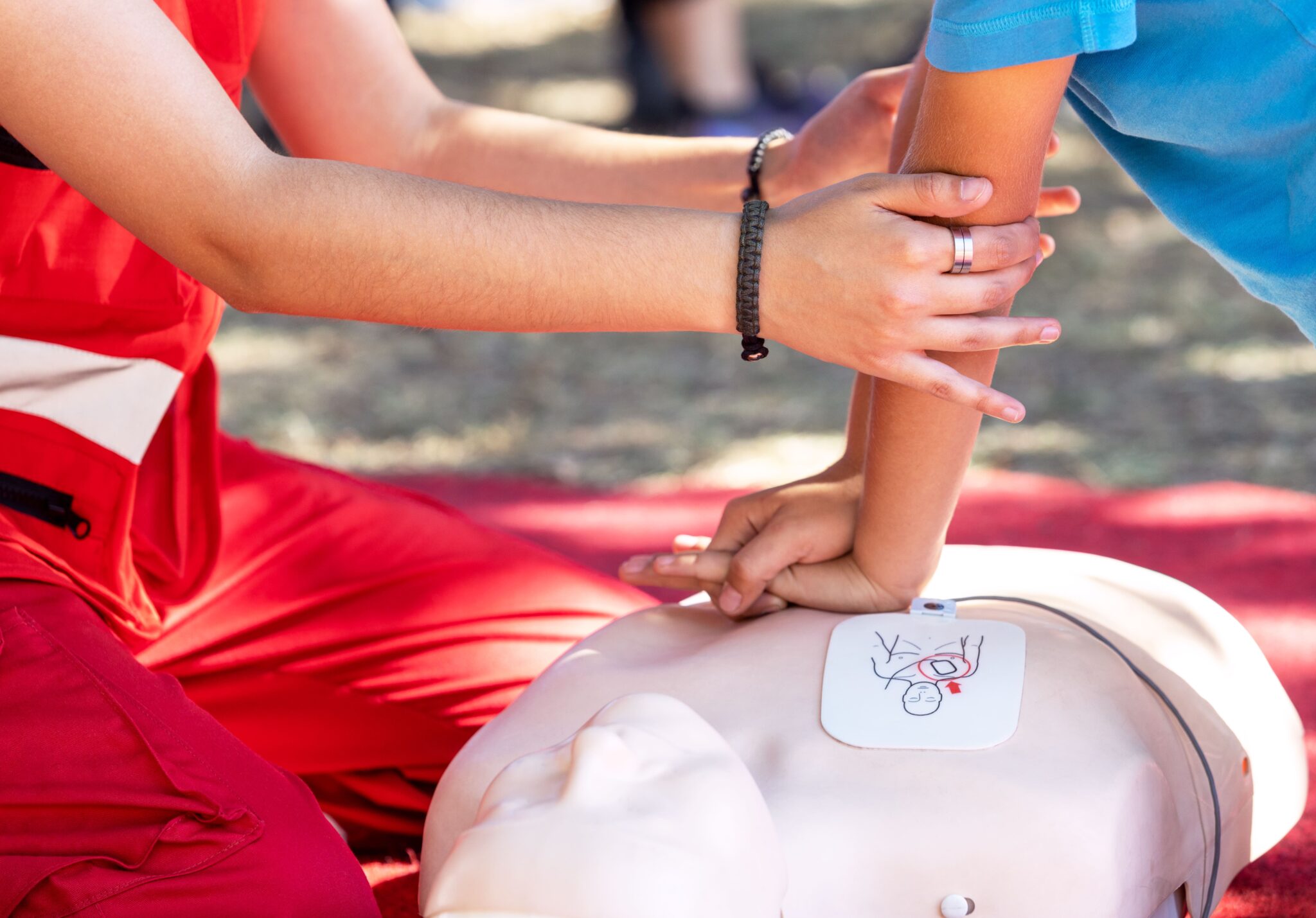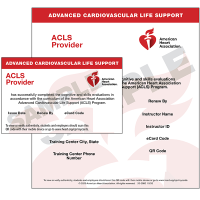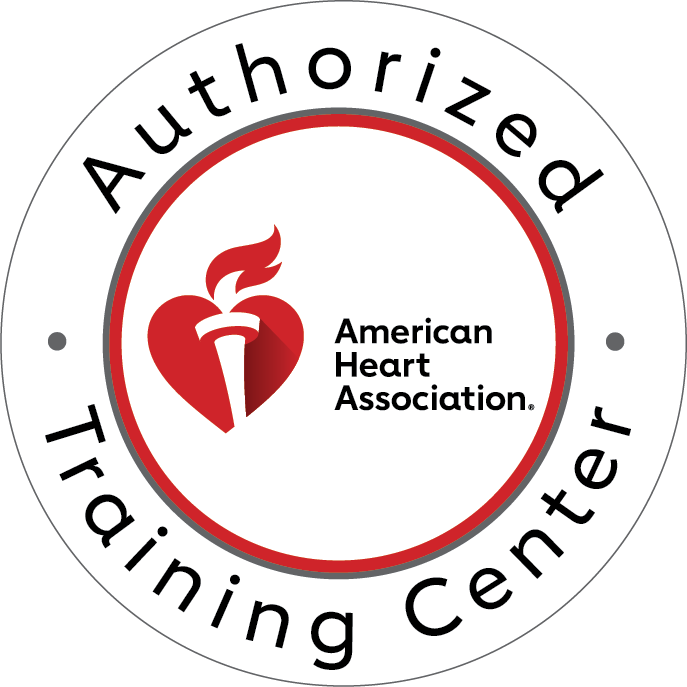

Price: Lowest prices in Petaluma. Guaranteed.
Convenience: 60+ CPR testing sites. Classes offered daily.
Trust: Founded 1989. AHA Training Center
Petaluma, nestled in the heart of Sonoma County, is a city known for its rich history, vibrant community spirit, and iconic landmarks like the Petaluma River, historic downtown, and Shollenberger Park. As a hub for families, professionals, and local businesses, Petaluma thrives on its close-knit connections and shared value of caring for one another. Learning Basic Life Support (BLS) here aligns perfectly with the city’s communal ethos, empowering residents to be prepared in emergencies and contribute to the well-being of their neighbors. With a backdrop of rolling hills and charming streets, gaining life-saving skills in Petaluma isn’t just practical—it’s a commitment to supporting a town that embodies resilience and togetherness.

Basic Life Support
Online Course: 1-2 hours
Skills Testing: 30 minutes
100% Pass Rate Guaranteed
Lowest Prices In California
Receive Card On Class Day
Thousands of 5 Star Reviews
CE Credits to CA Dentists

Advanced Cardiac Life Support
Online Course: 2-3 hours
Skills Testing: 30 minutes
100% Pass Rate Guaranteed
Lowest Prices In California
Receive Card On Class Day
Thousands of 5 Star Reviews
Some Professions: 2-3 CEU

Pediatric Advanced Life Support
Online Course: 2-3 hours
Skills Testing: 30 minutes
100% Pass Rate Guaranteed
Lowest Prices In California
Receive Card On Class Day
Thousands of 5 Star Reviews
Some Professions: 3.75-5 CEU

Neonatal Resuscitation Program
Online Course: 2-3 hours
Skills Testing: 3 hours
100% Pass Rate Guaranteed
Lowest Prices In California
Receive Card On Class Day
Thousands of 5 Star Reviews
Some Professions: 4 CEU

Audience: General public
Topics: CPR for all age groups, AED use, bleeding, epi-pen, etc
Online Session: 1 Hour
Skills Testing: 30 minutes
Card: Safety Training Seminars
Certification: Valid 2 years

Audience: General public
Topics: CPR for all age groups, AED use, bleeding, epi-pen, etc
AHA Online Course: 1-2 Hours
Skills Testing: 30-45 minutes
Card: American Heart Association
Certification: Valid 2 years

Audience: CA childcare providers
Topics: CPR for all age groups, AED use, bleeding, epi-pen, etc
AHA Online Course: 1-2 Hours
Skills Testing: 30-45 minutes
Card: American Heart Association
Certification: Valid 2 years

Audience: Childcare providers
Topics: Lead poisoning, nutrition, infectious disease,etc
Zoom Course: 8 Hrs (state law)
Skills Testing: 30-45 minutes
Card: EMSA Health & Safety
Certification: No expiration

921 Transport Way, Suite 30
Petaluma, CA 94954
(707) 302-0855
Opening Hours:
Monday: 8 am – 10 pm
Tuesday: 8 am – 10 pm
Wednesday: 8 am – 10 pm
Thursday: 8 am – 10 pm
Friday: 8 am – 10 pm
Saturday: 8 am – 10 pm
Sunday: 8 am – 10 pm

After completing your American Heart Association training at our Petaluma location, we’d be so grateful if you could take a moment to share your experience on Google, Yelp, or Facebook. As a women-owned small business rooted in the Petaluma community, your reviews are vital. They not only help locals discover our training programs but also support us in continuing to provide these essential life-saving skills.
Many of our new students in Petaluma find us thanks to recommendations from neighbors, healthcare professionals, educators, and parents who’ve trained with us. Whether you’re a nurse, teacher, or caregiver, your honest feedback helps us grow, improve, and connect with more people in need of CPR and safety courses.
Thank you for supporting our mission through your review. Your kind words make a real difference in our community!
EXCELLENTTrustindex verifies that the original source of the review is Google. I really appreciated the instruction and feedback provided by the trainers during the BLS class, earning me comprehensive and coveted BLS certification that I'm confident will serve me well in any emergency situation.Trustindex verifies that the original source of the review is Google. I was really impressed with the BLS class I took at Safety Training Seminars, which not only effectively trained me in life-saving skills but also gave me reassurance in earning my BLS certification.Trustindex verifies that the original source of the review is Google. Class was excellent! Easy instructions, clean equipment and facility. Thank you!Trustindex verifies that the original source of the review is Google. I recently completed the BLS Class at Safety Training Seminars and left feeling highly confident in my ability to respond to emergency situations with the knowledge and skills I gained. Quick, easy, and seamless course.Trustindex verifies that the original source of the review is Google. I recently attended Safety Training Seminars for BLS certification and was very impressed with the experience, the instructor provided clear and concise instructions that made the material easy to understand, making me feel confident and prepared for my certification exam.Trustindex verifies that the original source of the review is Google. Good place, good manikins, and the online courses for ACLS/PALS are really helpful! Highly recommend!Trustindex verifies that the original source of the review is Google. I’ve taken my CPR/First Aid/EMSA/BLS certification training at Safety Training Seminars for many years. This is a top notch organization!! I know I can count on the instructors at Safety Training Seminars to expertly guide me through the CPR and First-aid class, providing clear instructions and hands-on training to ensure I receive the highest quality of education, ultimately resulting in a well-rounded understanding of lifesaving techniques necessary for BLS and EMSA certification. In prior years, I attended classes in person. I was a bit hesitant to take the hands-on portion in a virtual classroom this year. Happily, it was just as helpful and easy to navigate as the in-person was!! Georgia, an actual live trainer on Skype, was fantastic! Everything was clear, smooth, and thoughtful! Thank you to the dedicated women at Safety Training Seminars!!
Safety Training Seminars in Petaluma offers comprehensive BLS, CPR, and First-aid classes designed to equip you with essential life-saving skills. Whether you’re a healthcare provider who needs Basic Life Support certification, a teacher preparing for emergencies, or a parent looking to handle critical situations with confidence, these courses provide practical, hands-on training for real-life scenarios. Taught by experienced instructors, the programs are structured to ensure you leave prepared, empowered, and ready to act when it matters most.
These classes are tailored to meet the needs of Petaluma’s diverse community. Nurses, childcare providers, fitness trainers, and business owners alike can benefit from the certification and recertification options available. Not only do these skills meet professional requirements, but they also give you the confidence to take action in emergencies at home, work, or public spaces. With an emphasis on interactive learning, you’ll gain a deeper understanding of critical practices such as CPR, first-aid response, and AED usage.
Investing in these programs means investing in the safety of your loved ones and community. Safety Training Seminars, a women-owned small business, is committed to making Petaluma a safer place by spreading awareness and preparation. Sign up for a class today to join the many locals who have already made the decision to build life-saving skills and make a difference when every second counts.